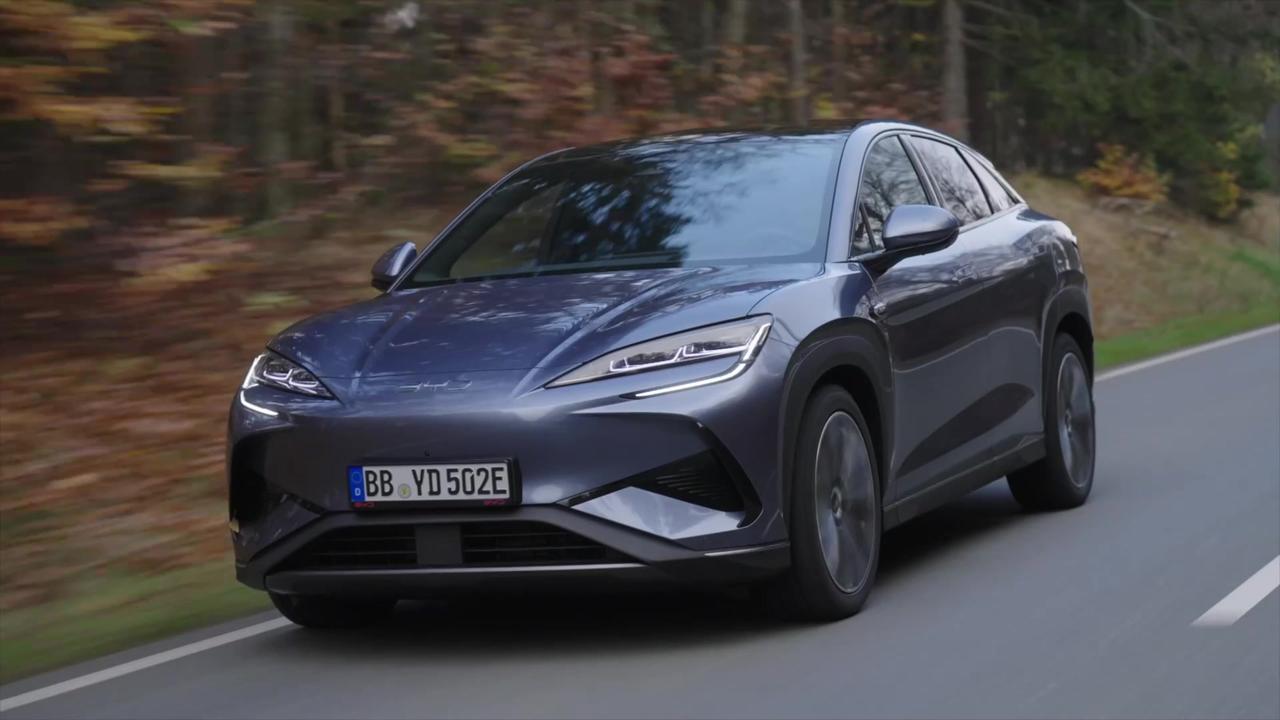
BYD, the world leader in plug-in and battery-electric vehicles, is launching the BYD SEALION 7 in Europe.
This new model combines sports car performance, an elegant SUV design, cutting-edge electric propulsion technology, a spacious cabin with high-quality finishes, a smarter interface and the safety provided for long-distance travel by a charging power of up to 230 kW.
The BYD SEALION 7 is the seventh all-electric model that BYD has launched in Europe and the fourth in the Ocean series following the DOLPHIN, SEAL and SEAL U.
With an overall length of 4,830 mm and a wheelbase of 2,930 mm, up to 502 km of combined cycle range and high performance (with a top speed of 215 km/h and acceleration from 0 to 100 km/h in 4.5 seconds for the AWD version), the BYD SEALION 7 is perfectly suited to the needs of tech-savvy European customers looking for a sporty family car with unprecedented efficiency.
Created in BYD’s Shenzhen design studio under the direction of the company’s Global Design Director, Wolfgang Egger, the SEALION 7 continues the design language of the Ocean series.
The “X-shaped” front end, familiar from other Ocean Series models, has been designed to deliver a sense of movement that reflects the dynamism of the BYD SEALION 7.
The Ocean design language is intensified by the use of “floating” Dual U LED headlights and deeply sculpted curves that evoke the movement of waves.
Thanks to its innovative technologies, including double-V magnets and an incredibly high 92% winding rate, the rear motor of the BYD SEALION 7 can operate at speeds of up to 23,000 rpm, making it the world’s fastest production electric motor.
This motor develops 313 PS (230 kW) of power and 380 Nm of torque, and plays a key role in both drive configurations.
In the Design AWD and Excellence AWD versions, this engine is joined by a 217 PS (160 kW) engine on the front axle providing all-wheel drive, reaching a combined output of 530 PS (390 kW) and 690 Nm of torque.
The top speed of these versions is also 215 km/h, but the additional power reduces the time required to accelerate from 0 to 100 km/h to just 4.5 seconds.
